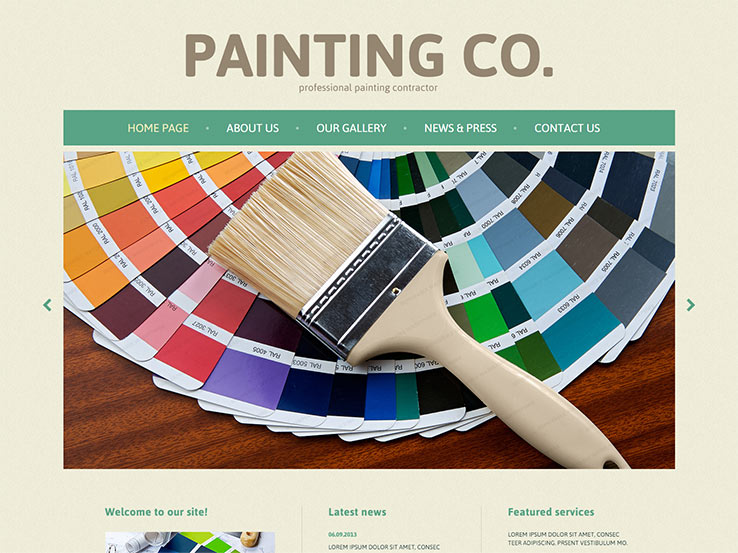Key Seasonal Considerations For Commercial Exterior Painting: What You Need To Be Informed Concerning
Key Seasonal Considerations For Commercial Exterior Painting: What You Need To Be Informed Concerning
Blog Article
Short Article Produced By-Regan Skafte
When you're preparing a commercial outside painting job, seasonal aspects can make or damage your outcomes. You'll want to think about just how temperature and humidity impact paint application and drying times. Picking the appropriate period can guarantee your paint adheres properly and lasts much longer. Yet which periods are truly the best for this sort of job? Let's discover the crucial elements that can affect your job's success.
The Influence of Temperature on Paint Application
When you're intending a commercial outside painting task, the temperature level can substantially impact how well the paint sticks and dries out.
Preferably, paint for commercial kitchen want to repaint when temperature levels range in between 50 ° F and 85 ° F. If it's too cold, the paint might not heal appropriately, causing issues like peeling or splitting.
On the other hand, if it's also hot, the paint can dry too quickly, avoiding appropriate adhesion and leading to an irregular surface.
You need to additionally think about the moment of day; morning or late afternoon uses cooler temperatures, which can be more positive.
Constantly examine the manufacturer's recommendations for the certain paint you're utilizing, as they typically offer guidance on the optimal temperature level array for optimal results.
Humidity and Its Impact on Drying Times
Temperature level isn't the only ecological element that influences your commercial exterior paint task; humidity plays a considerable function too. High humidity degrees can reduce drying times considerably, affecting the total high quality of your paint job.
When the air is saturated with moisture, the paint takes longer to treat, which can lead to problems like poor attachment and a higher risk of mold growth. If Recommended Reading on a specifically moist day, be gotten ready for prolonged wait times in between layers.
It's crucial to keep track of regional weather conditions and strategy accordingly. Preferably, go for moisture degrees in between 40% and 70% for optimum drying.
Maintaining these consider mind ensures your project stays on track and delivers a lasting finish.
Best Seasons for Commercial Exterior Painting Projects
What's the most effective season for your commercial external paint jobs?
Spring and early loss are commonly your best options. During these seasons, temperatures are mild, and moisture levels are usually reduced, creating perfect conditions for paint application and drying.
Stay clear of summertime's intense heat, which can trigger paint to dry as well swiftly, resulting in inadequate attachment and finish. Likewise, winter season's chilly temperatures can impede appropriate drying and curing, running the risk of the durability of your paint job.
Aim for days with temperatures in between 50 ° F and 85 ° F for optimum outcomes. Bear in mind to examine the local weather forecast for rainfall, as damp problems can ruin your project.
Planning around these variables ensures your paint job runs smoothly and lasts much longer.
Conclusion
Finally, planning your business outside painting projects around seasonal factors to consider can make a substantial distinction in the result. By organizing job throughout the suitable temperatures and moisture levels, you'll guarantee far better bond and drying out times. Remember to keep an eye on local weather forecasts and select the correct time of year-- spring and very early fall are your best choices. Taking these actions will assist you accomplish a resilient and specialist finish that lasts.
